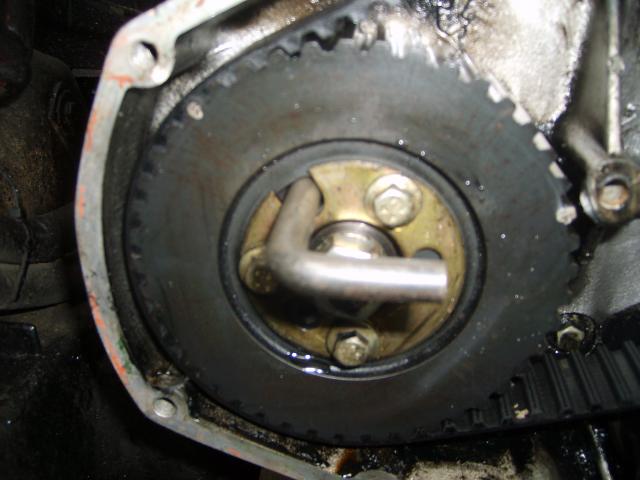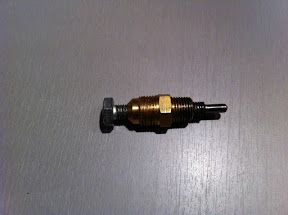Good evening folks,
I have a 1998 110 300dti. 140,000 on the clock,
I've just changed the timing belt and now I have blue smoke from the exhaust. There's a little black puff to start and then at idle speeds it's fine, but as I rev the engine the blue smoke starts.
After driving for a few mins the smoke does stop, when it's all nice and hot.
I did feel that after changing the belt, the engine was a bit sluggish and underpowered. But I find those before and after comparisons quite hard to make
I've read quite a bit about people having problems after changing the belts and needing to advance or retard the pump timing. I understand how to do it (rotating the fuel pump sprocket after losening the three bolts) but an quite scared of having a go unless I'm sure I'm doing the right thing.
Hopefull here's a link of starting when it's cold. Please ignore the pile of rubbish and old Christmas tree in the background...
[nomedia="http://www.youtube.com/watch?v=xsiQqpg104w"]300tdi exhaust - YouTube[/nomedia]
So my questions are...in no particular order
1. Is my asumption about the timing fault correct?
2. If so, is it retarded or advanced?
3. As the smoke disappears when it's hot, could the blue smoke just be being burnt off in the hot exhaust pipe etc?
4. Is there anything else I could check?
My instinct is that's it is timing as this is the only thing I've altered.
Your comments and advice would be welcomed.
Cheers
Matt
I have a 1998 110 300dti. 140,000 on the clock,
I've just changed the timing belt and now I have blue smoke from the exhaust. There's a little black puff to start and then at idle speeds it's fine, but as I rev the engine the blue smoke starts.
After driving for a few mins the smoke does stop, when it's all nice and hot.
I did feel that after changing the belt, the engine was a bit sluggish and underpowered. But I find those before and after comparisons quite hard to make
I've read quite a bit about people having problems after changing the belts and needing to advance or retard the pump timing. I understand how to do it (rotating the fuel pump sprocket after losening the three bolts) but an quite scared of having a go unless I'm sure I'm doing the right thing.
Hopefull here's a link of starting when it's cold. Please ignore the pile of rubbish and old Christmas tree in the background...
[nomedia="http://www.youtube.com/watch?v=xsiQqpg104w"]300tdi exhaust - YouTube[/nomedia]
So my questions are...in no particular order
1. Is my asumption about the timing fault correct?
2. If so, is it retarded or advanced?
3. As the smoke disappears when it's hot, could the blue smoke just be being burnt off in the hot exhaust pipe etc?
4. Is there anything else I could check?
My instinct is that's it is timing as this is the only thing I've altered.
Your comments and advice would be welcomed.
Cheers
Matt


